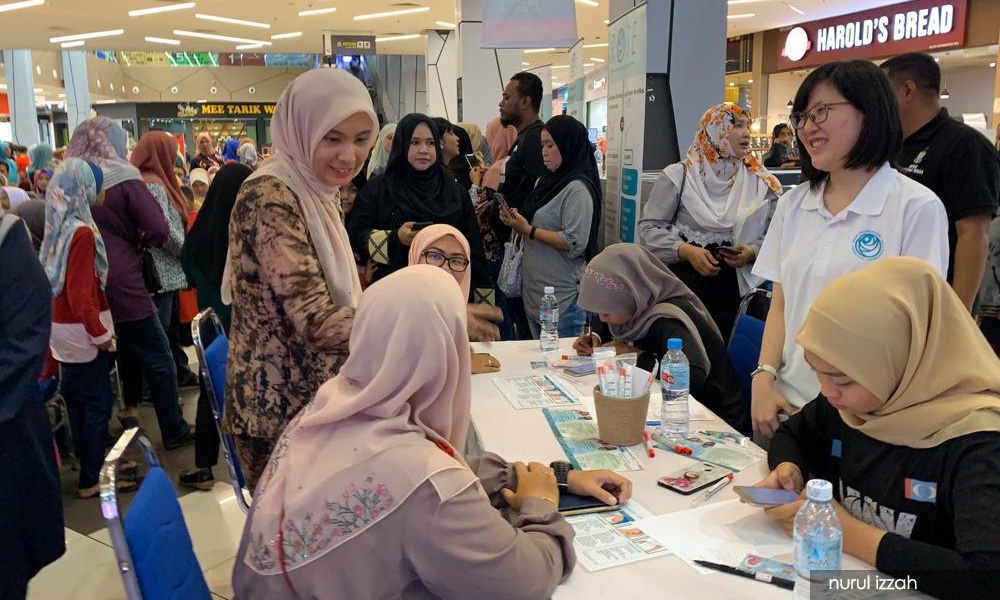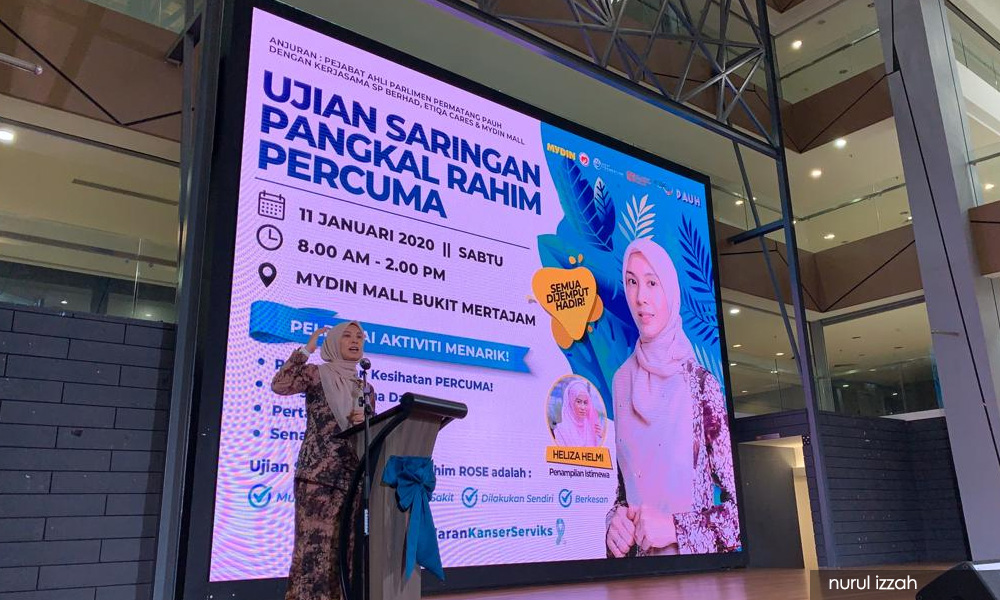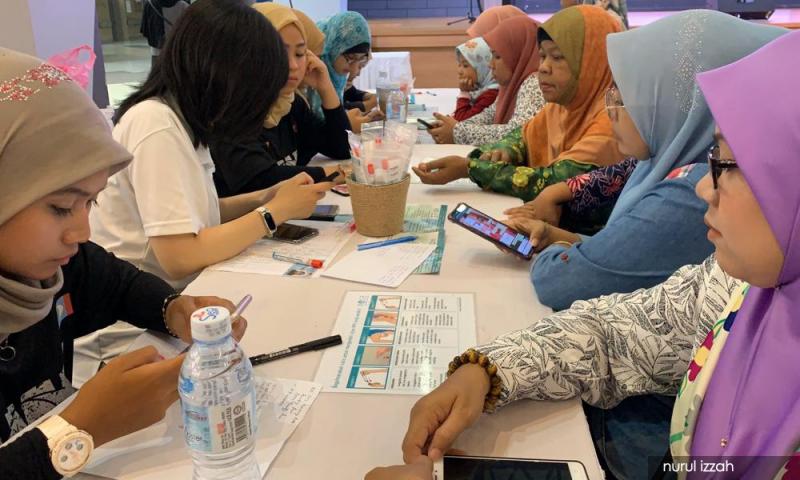COMMENT | Equitable access to HPV vaccines, screening needed
COMMENT | I warmly welcomed delegates to the Global HPV Consortium launch in Kuala Lumpur yesterday.
The consortium is a public-private movement to prevent Human Papillomavirus (HPV) infection and eliminate cervical cancer, by far the most common HPV-related disease, as a public health concern.
It brought together stakeholders from Malaysia, Indonesia, Brunei, Egypt, Senegal, Nigeria, South Africa, Malawi, Brazil, Argentina, India and Singapore among others to connect and network with stakeholders, map needs, and challenges and share best practices.
A clarion call was made for multistakeholder engagement to eliminate cervical cancer - a cancer preventable through vaccination and screening, a cancer that no woman, mother, sister or daughter should face.
I shared an encounter in 2019 that moved me to action when I began to work closely with Removing Obstacles to Cervical Screening (Rose) programme founder Dr Woo Yin Ling on the adoption of HPV DNA self-sampling for cervical screening.
I visited a woman from a remote village in Borneo who was hospitalised after being diagnosed with advanced cervical cancer.
The woman had been bleeding for months but was too embarrassed to seek help.
The cost and time needed to travel to the local district hospital, about three hours away, also weighed heavily on her.
Due to these, she silently carried on, hiding her pain, bleeding and tiredness, walking hours each day with a small child on her back to tap rubber and provide for her family.
By the time she was diagnosed, her cancer had advanced, and despite best efforts by her medical team to manage the cancer, she died a few months later.
This encounter left a profound effect on my team and me, strengthening our resolve to contribute towards the elimination of cervical cancer in Malaysia and globally.
Success stories
I also highlighted Malaysian success stories in the area of HPV vaccination rollout among 12 to 15-year-old girls, which reached 90 percent from 2010 to 2020.
This was due to the significant commitment from the Health Ministry and government agencies to effective vaccine deployment.

Although the programme slowed during the Covid-19 pandemic, the government is now renewing efforts to restart it and ensure effective catch-up vaccinations for girls who missed the HPV vaccination during the pandemic.
Recent data from Universiti Malaya showed that collective efforts in the last 10 years in Malaysia have resulted in a 90 percent reduction in vaccine-targeted HPV types 16 and 18, which is a truly remarkable feat.
As a mother, I stressed how important it is to protect children from preventable diseases, including HPV-related cancers, and as such chose to vaccinate both my daughter Safiyah and son Harith.
All policymakers and stakeholders need to ensure children in Malaysia are protected from preventable HPV-related cancers.
Screening
I also shared about the whole-of-society approach adopted in Malaysia towards cervical cancer elimination.
Since 2019, government stakeholders, academics, policy experts and NGOs have come together to ensure an effective transition to high-precision HPV DNA self-sampling for cervical screening.
Much has been achieved in Malaysia through the commitment and hard work of the Health Ministry; Women, Family and Community Development Ministry and the efforts of NGOs such as the Rose programme.
These efforts need to be scaled up and accelerated if Malaysia is to be on track to effectively implement the ‘Action Plan towards the Elimination of Cervical Cancer in Malaysia 2021-2030’.
Better way forward
Deeply encouraged by Health Minister Dr Zaliha Mustafa’s recent call to view ‘healthcare as an investment, not a cost’, I emphasised the need for the global community to see the importance of HPV vaccination and HPV DNA self-sampling for cervical screening.
Just one vaccination between the ages of 12 and 15 and two high-precision HPV DNA tests (delivered through self-sampling/do-it-yourself kits) in a woman’s lifetime can spare them the pain and suffering of cervical cancer.

The cost of these two simple interventions is about RM1,000 (US$214) - truly a worthy investment to prevent a woman from developing cervical cancer.
In a recent report by the Economist on ‘Impact and Opportunity: The case for investing in women’s cancers in Asia Pacific’ the World Health Organization (WHO) predicted that if the 90-70-90 (90 percent of women vaccinated, 70 percent screened, and 90 percent treated by 2030) targets for cervical cancer elimination are met:
There will be US$3.20 returned to the economy for every dollar invested through 2050 and beyond, based only on women’s continued workforce contribution
The figure increases to US$26 when the effects of women’s improved health on families, communities and society are considered
Some 250,000 women will remain productive members of the workforce, adding US$28 billion to the global economy - US$700 million through the increased workforce participation and almost US$27.3 billion through indirect socioeconomic benefits of good health.
Responsible industries need to work together with governments in low and middle-income countries, particularly the Global South where over 80 percent of cervical cancer deaths arise, to ensure equitable access to both HPV vaccination and screening.
Much more needs to be done to ensure every child in Southeast Asia, Asia and Africa has access to HPV vaccination and all women have access to high-precision HPV DNA testing.
I hope that discussions at the Global HPV Consortium will be truly impactful and move policymakers, governments, clinicians, patient advocates, civil society and responsible industries to ensure cervical cancer is eliminated in our lifetime.
NURUL IZZAH ANWAR is a policymaker, women’s health advocate and former Permatang Pauh MP.
The views expressed here are those of the author/contributor and do not necessarily represent the views of Malaysiakini.
RM12.50 / month
- Unlimited access to award-winning journalism
- Comment and share your opinions on all our articles
- Gift interesting stories to your friends
- Tax deductable
